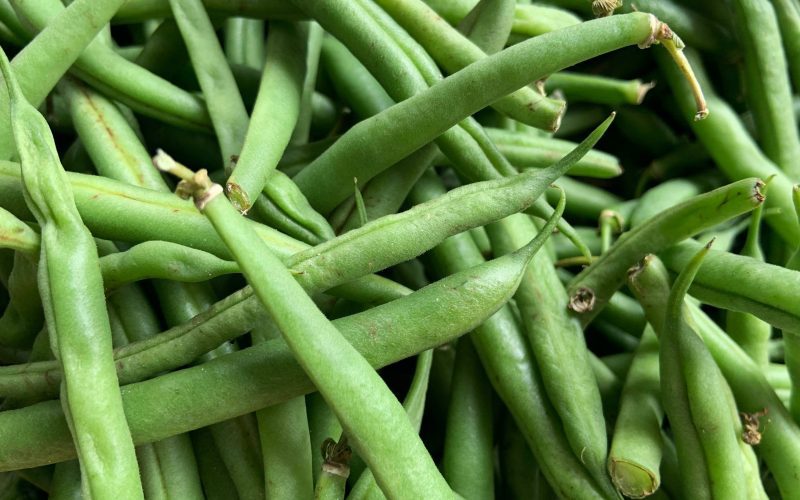Springtime in Rome is synonymous with fava bean season. This legume, also known as broad beans, has been a staple in Roman cuisine for centuries. With its creamy texture and nutty flavor, it can be used in a variety of dishes, from soups to salads to pasta sauces. But the fava bean season also comes with a warning: if not prepared properly, they can be poisonous.
Fava beans contain a compound called vicine, which in some people can cause a condition called favism. Favism is a type of hemolytic anemia, where the body destroys red blood cells faster than it can produce them. The condition is particularly prevalent in people of Mediterranean descent, and it can be triggered by eating fava beans or inhaling their pollen.
While favism is rare, it’s a serious condition that can lead to hospitalization and even death. As a result, many people in Rome are cautious during fava bean season, and some even avoid the legume altogether.
But for those who can safely enjoy fava beans, the season is a time for celebration. Fava beans are an essential ingredient in some of Rome’s most iconic dishes, including pasta con le fave, a simple yet delicious pasta dish made with fava beans, pancetta, and pecorino romano cheese.
In addition to pasta, fava beans are also used in soups, stews, and salads. One of the most popular fava bean dishes in Rome is vignarola, a stew made with fava beans, artichokes, peas, and lettuce. It’s a celebration of spring vegetables and is often served as a side dish or a main course.
For those who want to try fava beans at home, it’s important to prepare them properly. The first step is to remove them from their pods, which can be tough and fibrous. Next, the beans need to be blanched in boiling water for a few minutes, then cooled in ice water. This helps to remove the outer skin, which can be bitter.
Once the beans are blanched and peeled, they can be used in a variety of dishes. One popular preparation is to sauté them with garlic and olive oil, then serve them as a side dish. They can also be puréed and used as a spread for bruschetta or as a dip for vegetables.
While fava beans may seem like a simple ingredient, they have a rich history in Roman cuisine. In fact, the fava bean has been a symbol of Rome since ancient times. According to legend, the founders of Rome, Romulus and Remus, survived on a diet of fava beans and milk when they were abandoned as infants. As a result, fava beans have become a symbol of resilience and survival in Rome.
But for all their symbolism and culinary versatility, fava beans must be handled with caution. It’s important to be aware of the risk of favism and to take steps to ensure that they are prepared properly. With a little care, however, fava beans can be a delicious addition to any springtime meal.
In conclusion, fava bean season in Rome is a time for celebration and caution. While this legume has been a staple in Roman cuisine for centuries, it’s important to be aware of the risk of favism and to prepare them properly. But for those who can safely enjoy them, fava beans are a versatile and delicious ingredient that can be used in a variety of dishes. So if you find yourself in Rome during fava bean season, don’t be afraid to try this iconic ingredient.












